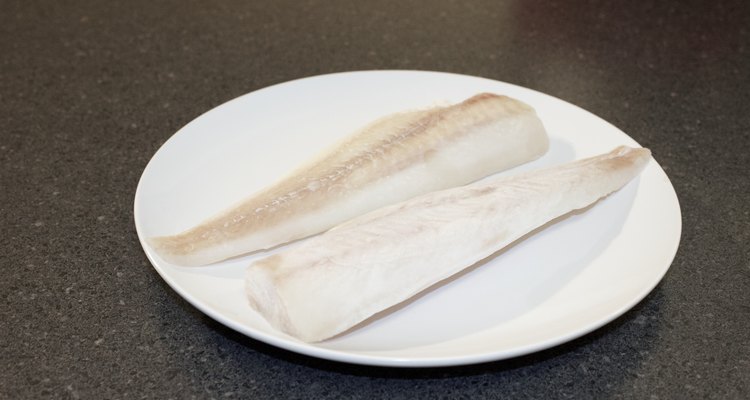
Amberjack is a blanket term that refers to three different species of fish that live in the Atlantic Ocean: greater amberjacks, lesser amberjacks and banded rudderfish. Amberjacks have dense flesh and a light, pleasant flavor that holds up well to a variety of cooking methods. Whether you decide to grill, bake or blacken your amberjack, your taste buds are in for a tasty and healthy treat.
Grilled Amberjack
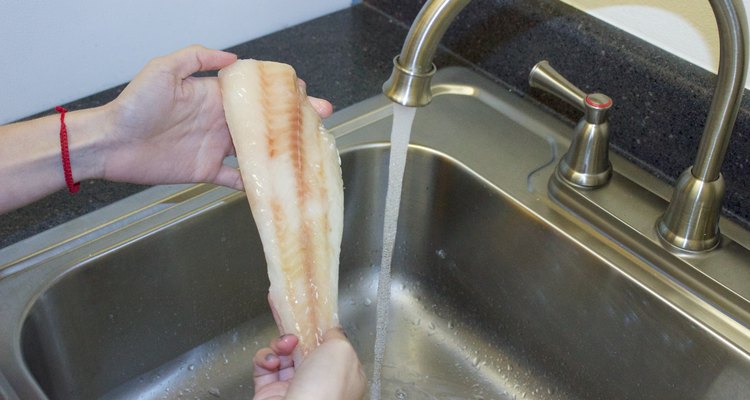
Rinse the amberjack filets under cold running water, and pat dry with paper towels. Rinsing removes scales or other bits of debris that might be clinging to the flesh and washes away natural juices that may contribute to an unpleasantly strong, fishy taste.

Preheat your gas grill to a temperature of 325 degrees Fahrenheit. Open the lid and bring the temperature of the grill up to approximately 300 F. Once the grill reaches that temperature, wipe the grate with a paper towel soaked with a little cooking oil, and close the lid until the temperature hits 325 F. Closing the lid creates warm air around the fish for more even cooking. If you are cooking on a charcoal grill, open the top and bottom vents all the way before you light the charcoal. The more air flowing through the grill, the faster your coals will heat. Place an oven thermometer in the middle of the grill; when the temperature reaches 325 F, close the bottom vents slightly to maintain the temperature.
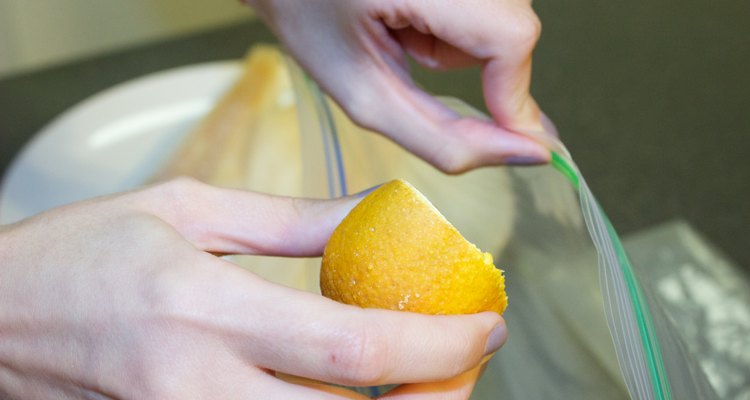
Squeeze a bit of lemon juice into a resealable plastic bag and drizzle in a little bit of oil. Add a bit of your favorite spices, such as onion powder, garlic powder, lemon pepper, and Cajun seasoning, to the bag and shake well to combine. Add the amberjack filets to the bag, close it and marinate for 10 minutes.
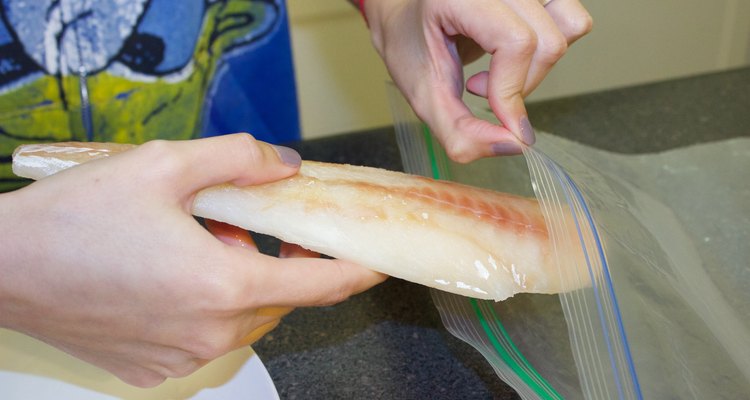
Remove the amberjack filets from the marinade and place on the hot grill. Close the lid and leave the fish undisturbed for 5 minutes. If the fish sticks to the grate, leave it for an additional minute, or until it releases easily.
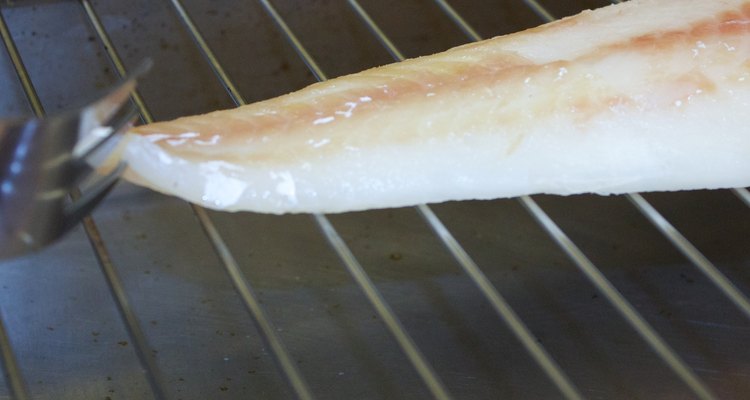
Flip the fish over and cook for an additional 5 minutes, or until it flakes easily with a fork. Test each filet with a meat thermometer to ensure it reaches a safe internal temperature of 145 F, as recommended by the U.S. Department of Agriculture.
Baked Amberjack

Rinse and dry the amberjack and place the filets in a shallow baking dish. Drizzle a few drops of oil over each filet, and turn it with your hands to evenly coat the fish.
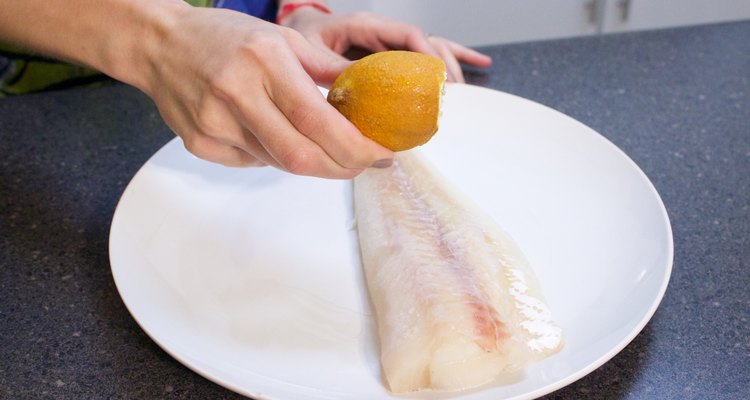
Sprinkle a little lemon pepper, a bit of garlic powder and a little lemon juice over each filet. For extra citrus flavor, add a little grated lemon zest to the fish.
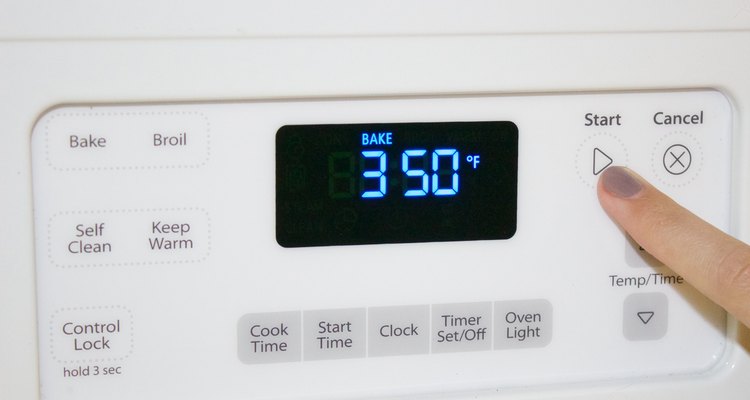
Bake uncovered in a 350 F oven for 10 minutes per inch of thickness, or until the fish turns opaque and flaky. Check the fish with a thermometer for doneness before serving.
Blackened Amberjack
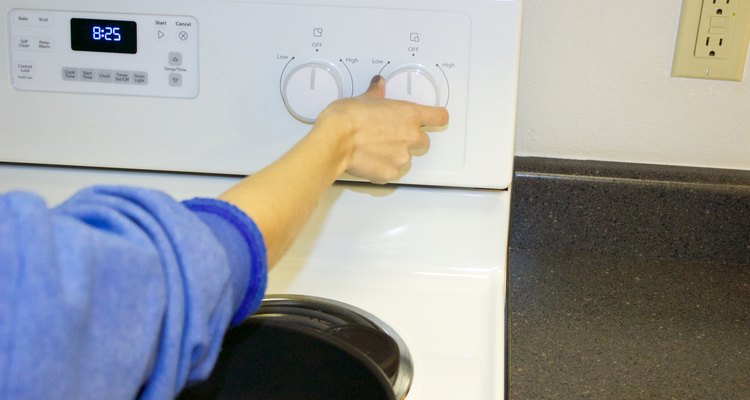
Heat a cast-iron skillet over high heat. Cast iron is essential to blacken fish, since the secret to blackening is not in the spices, but in a slight burning of the butter when it hits the hot pan.

Melt a small amount of butter in a shallow dish and sprinkle in a blend of spices. Cajun seasonings, including cayenne, pepper and paprika, are popular choices, but you can use any seasonings you like. Stir the seasoning mixture into the butter until it forms a thin paste.
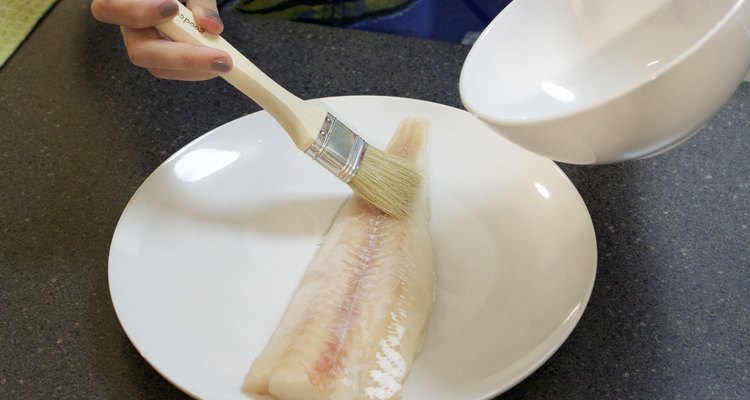
Dip each piece of amberjack in the butter mixture, flipping once to coat both sides. Place the filets in the hot pan with a pair of long tongs to prevent burns in the event of splatters.

Cook the fish undisturbed for 3 minutes, and loosen it gently with the tongs. Flip the fish over, and cook for 3 minutes on the other side. Filets thicker than 1 inch may require additional cooking time, so check with a meat thermometer before eating. The fish should reach an internal temperature of 145 F, per the U.S. Department of Agriculture.
Related Articles
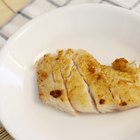
How to Grill Amberjack Fish

How to Cook Sculpin Fish

How to Cook Ono Fish

How to Cook Trevally
How to Cook a Bass Fillet

How to Cook a Thin Cut New York Steak

How To Smoke Fish On A Gas Barbecue

How to Bake Lingcod

How to Cook Belt Fish
How to Cook Seasoned Keta Salmon

How to Cook Eelpout

How to Cook Silver Salmon

How to Cook Ahi Belly
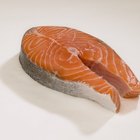
How to Smoke Salmon Fillets
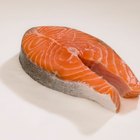
How to BBQ Salmon Fillets
How to Cook Grouper in the Oven

How to Cook a Grey Filet of Sole
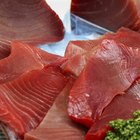
How to Cook Yellowfin Tuna on a George ...

How to Pan-Sear Swordfish

How to Cook a Pork Loin Fillet
References
Warnings
- Do not lean over the pan while blackening fish. The butter will smoke when it hits the hot pan, which can cause coughing and nasal irritation.
Writer Bio
Louise Lawson has been a published author and editor for more than 10 years. Lawson specializes in pet and food-related articles, utilizing her 15 years as a sous chef and as a dog breeder, handler and trainer to produce pieces for online and print publications.
Photo Credits
Nicolas Agustin Cabrera/Demand Media